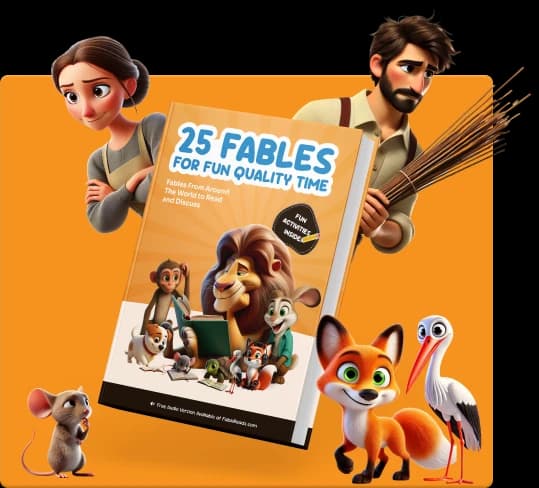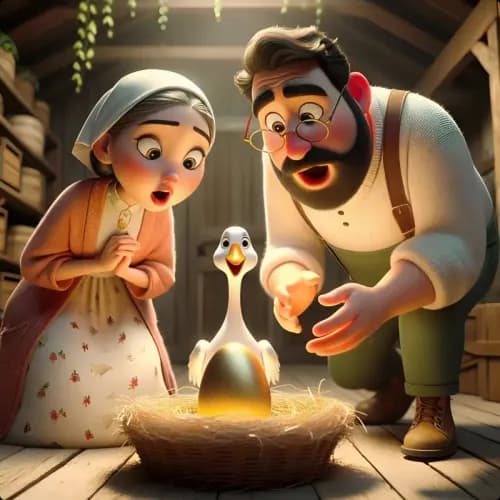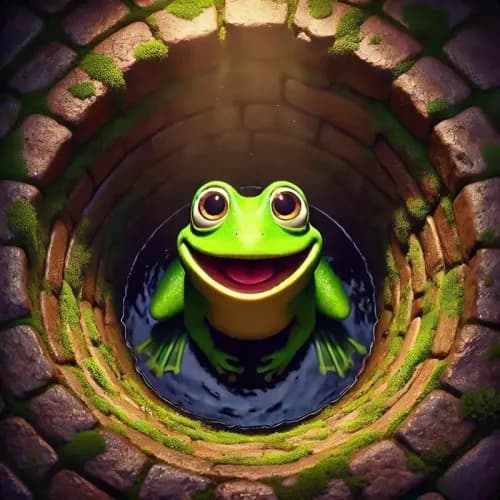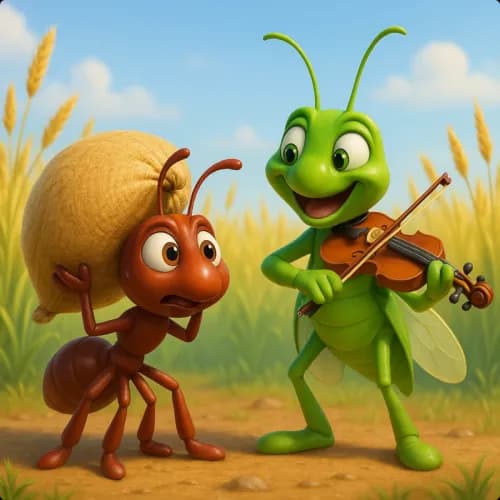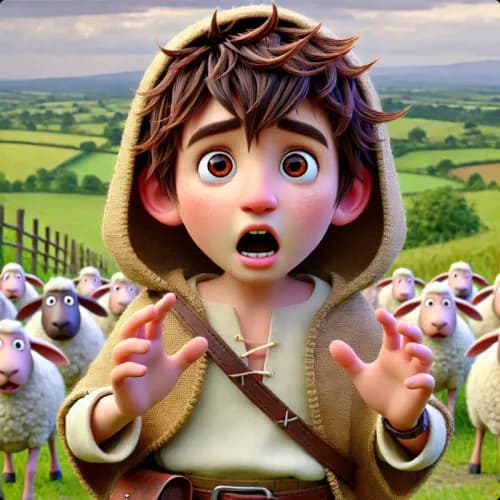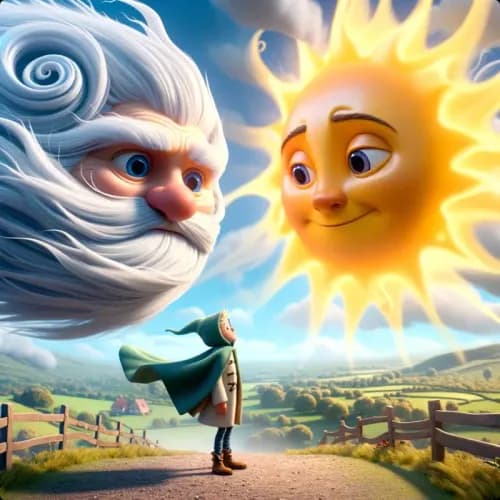Aesop | Greece
Die Krähe und der Wasserkrug
Eine durstige Krähe lässt Steine in einen Krug fallen, um den Wasserspiegel zu heben und ihren Durst zu stillen.
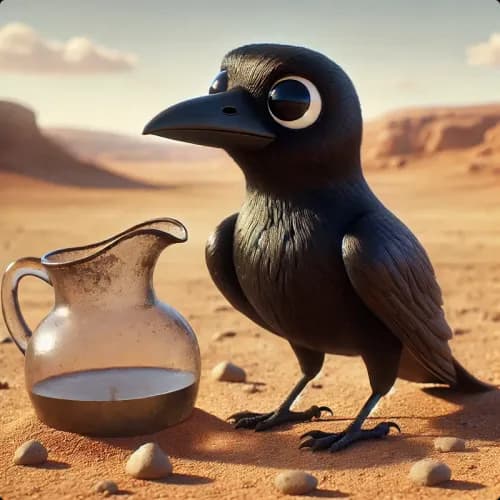
In einem trockenen Gebiet suchte eine Krähe nach Wasser, weil sie sehr durstig war. Sie flog über das Land und fand schließlich einen Krug mit ein wenig Wasser am Boden.
Die Krähe wollte etwas Wasser trinken und versuchte, ihren Schnabel in den Krug zu stecken. Aber der Krug war zu tief und eng, als dass die Krähe das Wasser erreichen konnte. Sie versuchte es viele Male, aber es gelang ihr nicht.
Die Krähe dachte darüber nach, den Krug umzukippen, um das Wasser zu bekommen, aber der Krug steckte im Sand fest, sodass dies nicht möglich war.
Da sie immer noch durstig war, hatte die Krähe eine Idee. Sie sah einige kleine Steine in der Nähe des Krugs. Die Krähe nahm einen Stein mit ihrem Schnabel und ließ ihn in den Krug fallen.
Jeder Stein ließ das Wasser ein wenig steigen. Die Krähe schmiss immer mehr Steine in den Krug und langsam stieg der Wasserspiegel so hoch, dass sie trinken konnte.
Endlich konnte die Krähe das Wasser trinken. Sie war sehr glücklich und stolz darauf, so schlau gewesen zu sein.
Kaufen Sie ein Buch und helfen Sie dabei, Fabeln in die Welt zu bringen
Genießen Sie 25 ausgewählte Fabeln fürs Leben, gedruckt. Jeder Kauf unterstützt kostenlose Geschichten für Kinder, Eltern und Lehrer weltweit auf fablereads.com
